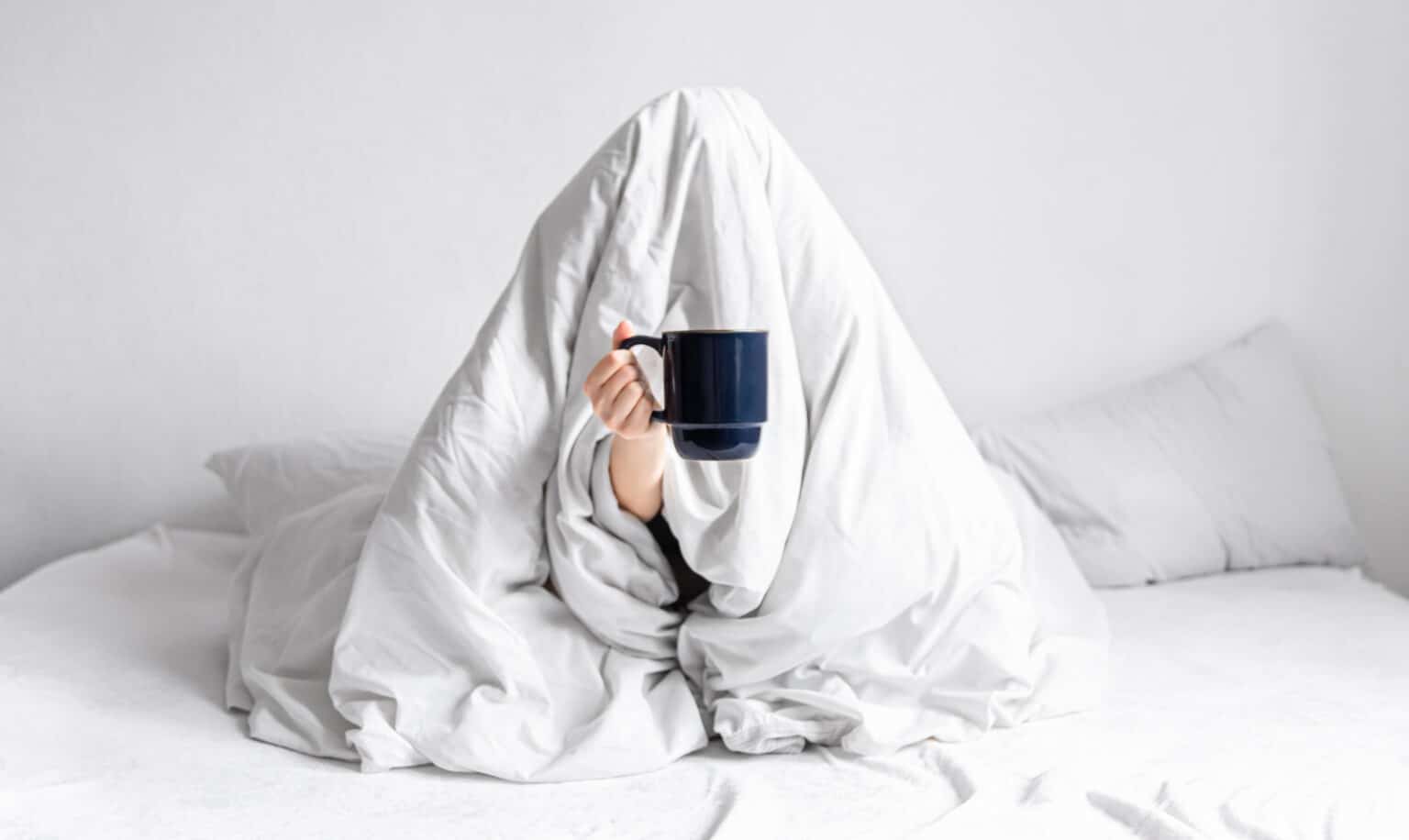Affecting about 10% of the population, Obstructive Sleep Apnea/ Hypopnea Syndrome (OSAHS) has a significant impact on heart health and quality of life. Women may experience uncommon symptoms and are often undiagnosed. Read on to understand more about the disease
What is Obstructive Sleep Apnea/ Hypopnea Syndrome (OSAHS)?
OSAHS involves a complete cessation of breathing (apnea), just a decrease in the flow of air (hypopnea), or a combination of these occurring at various points during the sleeping period.
Oxygen desaturation occurs when the breathing stops or becomes less, which in the long run, causes hypertension, heart disease, stroke, and even sudden death.
It is usually associated with obesity, a wide neck, and narrow airway structures.
In women, OSAHS is more common after menopause.
Why is OSAHS Underdiagnosed in Women?

Picture credits: Image by rawpixel.com on Freepik
Women have a tendency to underreport their symptoms. They also present with less common symptoms such as behavior changes, tiredness, and depressive symptoms, and present at an older age than men.
Although the chief symptom of OSAHS is excessive sleepiness, women, ironically, may experience difficulty sleeping (insomnia) when they have an underlying OSA.
A woman’s symptoms are often disregarded and attributed to depression or insomnia as a diagnosis with less consideration of Obstructive Sleep Apnea/ Hypopnea Syndrome (OSAHS) as a cause of their problems.
Symptoms of OSAHS
A person suffering from OSAHS may experience the following symptoms.

Picture credits: Image by pch. vector on Freepik
-Excessive daytime sleepiness
-Unrefreshing nap
-Loud snoring
-Morning headaches
-Difficulty in concentrating
-Mood changes (irritability, depressive symptoms)
-Abrupt awakening with a gasp or choking
-High blood pressure
-Nocturia (having 2 or more urination episodes per night)
Diagnosis & Treatment of OSAHS
OSAHS can be diagnosed with the hospital or home-based slumber studies as well as polysomnography.
Effective treatment options include weight loss and exercise, positive airway pressure, oral appliances that hold the jaw forward during slumber, and surgical modification to widen the upper airway as appropriate.
Takeaway
-Obstructive slumber Apnea/ Hypopnea Syndrome (OSAHS) can lead to cardiovascular diseases
-OSAHS can be missed in women
-Appropriate treatment can improve quality of life

Picture credits: Image by karlyukav on Freepik
Source
-Doyle-McClam M, Shahid MH, Sethi JM, Koo P. Nocturia in Women With Obstructive Sleep Apnea. American Journal of Lifestyle Medicine. 2021 May;15(3):260-8.
-Strollo Jr PJ, Rogers RM. Obstructive respite apnea. New England Journal of Medicine. 1996 Jan 11;334(2):99-104.
–https://www.mayoclinic.org/diseases-conditions/obstructive-sleep-apnea/symptoms-causes/syc-20352090
-Gottlieb DJ, Punjabi NM. Diagnosis and management of obstructive nap apnea: a review. Jama. 2020 Apr 14;323(14):1389-400.
_______________________________________________________________













